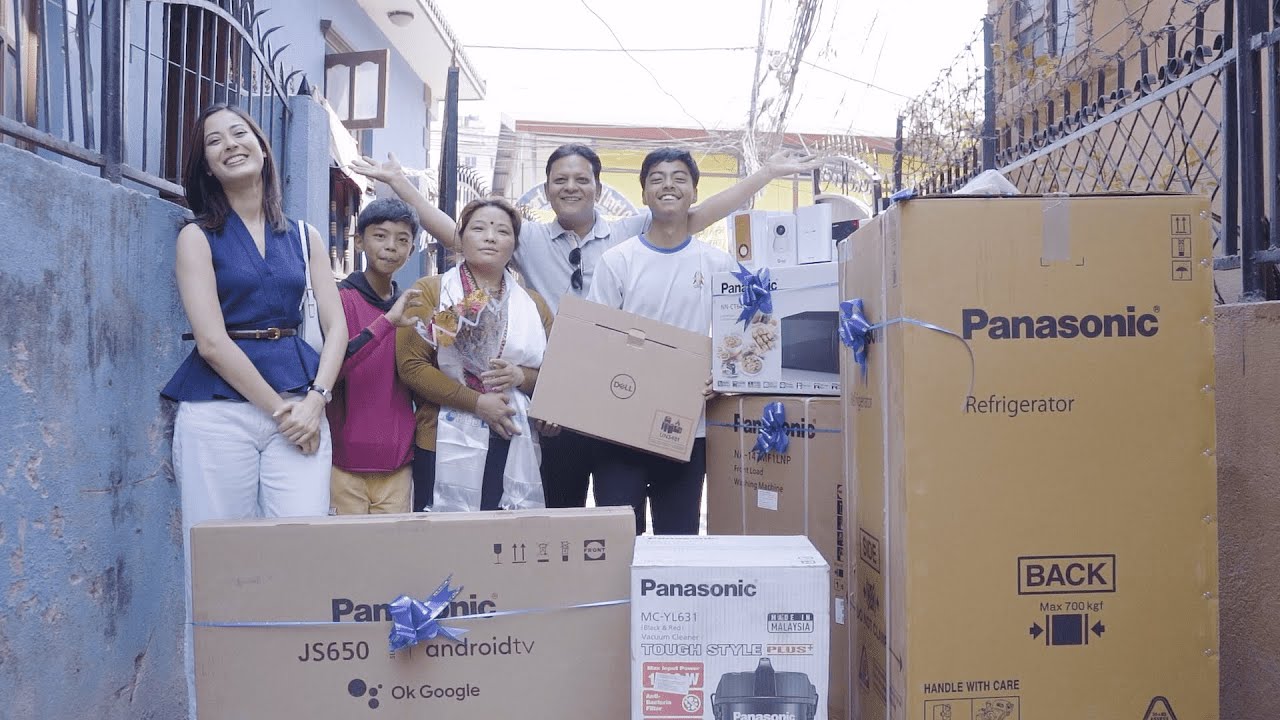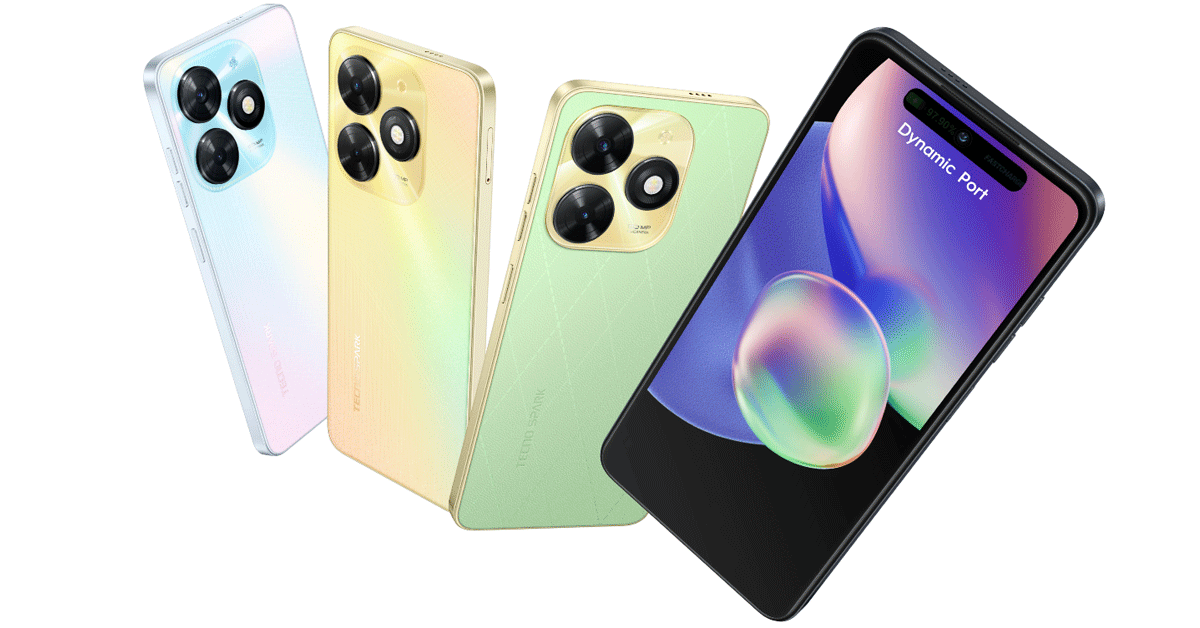The smart home system makes the home much safer and the lives of the household members more comfortable. Special sensors will warn about gas leaks or burglary of the apartment, and the tandem of smart bulbs and smart curtains will wake the owner more gently than an alarm clock.
But it can be challenging to assemble a smart home system. Why? Answer in our material. After all, for your favourite slots online on PC and India live casino to run on a single command from your smartphone, you need to understand the sensors, settings and so on. And let’s choose the best gadgets and sensors for the most innovative home.

What is the system “Smart House.”
The so-called “smart home control system” is a dwelling with modern devices and sensors connected to the network. The ability of household appliances to connect to the network remote control and the interaction of gadgets with each other make the house bright.
Because of the large number of intelligent devices, a separate term has emerged – “Internet of Things”. Through the network, simple light bulbs, sockets, switches, refrigerators, microwaves, locks, air conditioners and other appliances interact with each other, get new functions and eliminate flaws in the old ones by installing updates from the manufacturer.
A smart home is, in short, a system of connected devices that the user has customized to fit their lifestyle. The different machines can exchange information, and because of this, they can interact with each other.
Innovative home technology also implies that all connected devices have sufficient sensors to ensure proper operation under changing conditions. A separate smart sensor can be used to ensure that the air conditioner works properly and maintains the optimal humidity and temperature level in the room. In contrast, a smart door lock must understand exactly who it needs to open for.
How a smart home works
Different protocols are used for communication between devices. Most often, equipment manufacturers support three main options: Wi-Fi (2.4 or 5 GHz), Bluetooth and Zigbee. If the first two names are known to everyone, Zigbee is a standard specially developed for smart home systems, thanks to which devices from different brands can work together.
Any smart home system works for the user, who customizes its capabilities to suit themself. As a rule, a person controls everything with the help of one application or voice assistant, which becomes the “remote control”.
What a smart home system consists of
To connect a smart home and successfully set up and manage it, you will need:
- An internet connection and a Wi-Fi router through which the devices will communicate with the manufacturer’s servers to receive updates and execute the owner’s commands when not at home.
- The smart home app of the platform on which you will build your system.
- The device from which you will control the smart home – through an app on your tablet, smartphone, or computer or through the voice assistant built into the smart speaker.
- The smart devices support the necessary protocols: smart bulbs, locks, thermometers, speakers, cameras, outlets, etc.
- While most smart devices have their apps for control, it becomes clear that it’s much more convenient to control everything from one place over time, especially with voice control.
Features and benefits of a smart home: why you need one
What can a smart home do? What makes it in demand and interesting for buyers? Let’s look at the main pluses of such a system:
- Security. If you become aware of an intruder but are not at home, you can, for example, remotely lock the smart lock, set up a script to call the police, and even create the appearance of a home presence by scheduling smart light bulbs. Another option is a water leak or gas leak. Some sensors quickly detect the problem and instantly alert the homeowner.
- Energy Efficiency. A well-configured smart home will help you save money on utility bills, as well as save unnecessary electricity. Numerous sensors will keep fans and air conditioners from idling all day long. Smart light bulbs only work when you need them to. Also, a refrigerator that knows it will never be opened from 1 a.m. to 5 a.m. can raise the temperature.
- Household help. A simple robot vacuum cleaner has drawbacks: you have to turn it on yourself. But if you coordinate it with a smart home system and other devices, it will turn on automatically on schedule at times when it does not disturb any of the households.
- Convenience. Suppose you often forget your keys and sometimes ask relatives to bring a spare set to get home or build even trickier schemes to get in. A smart door lock will solve this problem as the doors will unlock when you approach a particular smartphone, by password or fingerprint. Also, suppose a sleeping child is often woken up by the doorbell, for example. In that case, the Xiaomi Smart Doorbell 3 will solve this problem with a schedule that goes into your smartphone’s notification mode. The following point follows: dozens of such scenarios can be thought up.
- A smart home is enjoyable! Have you ever wondered exactly how you can improve your everyday life? Any idea can be realized thanks to the variety of devices on the market and the numerous possibilities in their automation scenarios. The main thing is to know what to do.

What are the disadvantages of a smart home?
A smart home is only a panacea for some things. This technology has its pitfalls, which owners know firsthand:
- The issue of interoperability. Despite the active development and introduction of standards that more and more manufacturers support, it is still possible to face a problem – the desired device does not support the system on the basis on which you are building your smart home.
- The smart home is getting more and more confusing. If the user has at least a small engineering background, it can be fascinating to understand and customize different scenarios of device interaction. But for an unprepared or unwilling person, everything that happens can turn into another problem.
- It is trivially expensive. If it is possible to realize a couple of ideas with the help of smart bulbs and sockets, then the automation of everything else will cost a lot of money.
Intelligent home functions are worth a try if these disadvantages do not frighten you!
-
Xiaomi 14 Review: Best Phone Under Rs. 1 Lakh in Nepal!Xiaomi 14 Review: TechLekh Verdict The Xiaomi 14 stands out as one of the best…
-
WorldLink Reaches 9 Lakh Households; 900,000th Customer Receives Incredible GiftsHIGHLIGHTS Worldlink’s 900,000th customer received surprise gifts from Shrinkhala Khatiwada. Worldlink is currently operating in…
-
Tecno Spark 20C with Dual Speaker Launched in NepalHIGHLIGHTS The Tecno Spark 20C price in Nepal is Rs. 15,990 (8/128GB). The smartphone has…


















